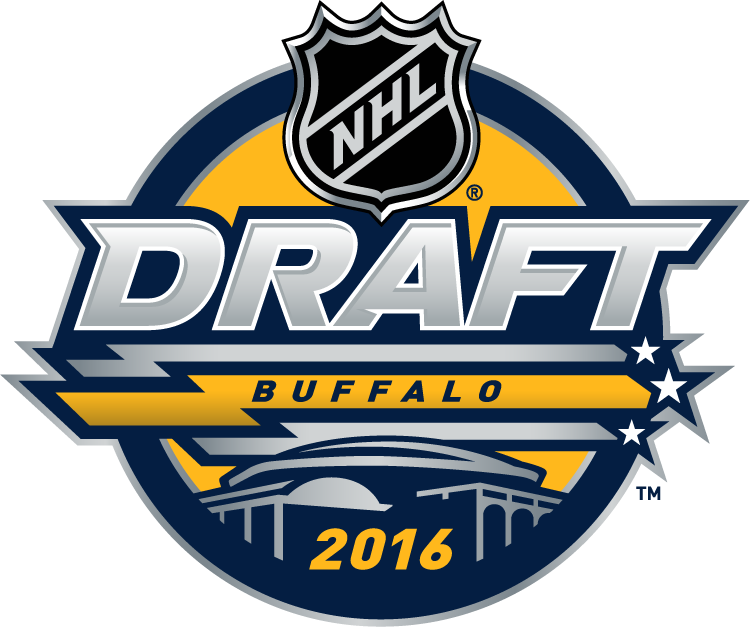
by Jordan Lambe, Staff Writer, All Habs Hockey Magazine

BAIE VERTE, NL – No hockey fan can refute the importance of the the annual NHL Entry Draft in developing a championship team. Whether it’s the high flying scorers or the fourth line grinders, one only has to look into the lineup of the most recent Stanley Cup finals to see the results.
The San Jose lineup boasted the likes of Joe Pavelski, Logan Couture, Patrick Marleau, Tommy Wingels and Marc-Edouard Vlasic as some of their home-grown talent. Pittsburgh’s home-grown talent included Sidney Crosby, Evgeni Malkin, Kris Letang and Olli Maata. Neither of these teams would be remotely close to winning a championship if it were not for the players their franchise has developed. I realize that this is only a small snapshot of the NHL as a whole, but the majority of NHL teams would only be a shell of current roster without the infusion of talent that comes from successful drafting.
While each of the players listed above have played a important role in their respective team’s recent success, their original draft status couldn’t be more contrasting to each other. It is common knowledge that Patrick Marleau, Evgeni Malkin and Sidney Crosby were all picked in the top two spots of their respective draft year. What many people do not realize is that Joe Pavelski was picked in the seventh round in in 2003 (205th overall), Tommy Wingels in the sixth round in 2008 (177th overall) and Kris Letang in the third round in 2005 (62nd overall).
Not only do the later rounds of a draft present hidden talent from time to time, the higher rounds may not always work out as a team originally planned. In staying with the Sharks and Penguins, both teams were unsuccessful in finding a regular NHL’er in the first rounds of 2006 and 2007 (players between 26 and 28 years of age now.)
In 2006 the Sharks drafted Ty Wishart (16th overall) who player a career total of 26 NHL games and Nick Petrecki (28th overall in 2007) who suited up for a single NHL game so far in his career. Angelo Esposito drafted 20th overall in 2007 by the Penguins has never suited up for an NHL game. The point I am trying to outline is that although many NHL teams employ numerous scouts to analyze draft eligible players, there is still a large amount of unpredictability and uncertainty in the NHL Entry Draft.
Instead of putting together one massive article like last year (where we also outlined what is perceived as the one of best draft classes of all time), this year we will be doing things a little different. This is part one of a two part draft series leading up to the 2016 NHL Entry Draft.
In this particular article we will summarize the standard information for each draft eligible prospect, their basic statistics and delve into some advanced statistics. All of the information is listed in chart form for over 90 players and each name is linked to their corresponding Elite Prospects profile.
*Goaltenders have their position in red color and and in a bold font. The birth date of the single over age player listed (Stepan Falkovsky) is in a light green color and bold font.
There is a great deal of information available in order to have all relevant information in one place for comparison purposes. Also, here’s a source list:
All of the height and weight values were originally taken from each individual Elite Prospects profile and then updated once the NHL Draft Combine was complete and the information was posted in an article from Bleacher Report.
Position, Left/Right Shot, Nationality, Team, League and individual statistics were also taken from Elite Prospects
Team Goals For was where it began to get challenging to find information. All CHL, USHL, NLA, Liiga, SHL and Czech players had their team stats posted to HockeyDB. MHL, Jr. A SM-Liiga team stats were found on Elite Prospects. NCAA and BCHL teams had their stats posted to their individual team pages while SuperElite team statistics were posted to stats.swehockey.se.
This brings us to the “% of Team’s GF” column. This was a simple calculation of the players point total divided by the team’s total goals for in that season, and is used to loosely understand how important a specific player was to their team’s offense. The term “loosely” is very important here because this simple calculation does not account for any games a player may have missed.
NHLe is a very intriguing concept (that was first introduced to hockey by Gabe Desjardins) in which a translation factor (that is different for each league) is combined with a players point production to estimate what a player’s point production would be in the NHL over an 82 game span. Robert Vollman is one of the leading contributors in the NHLe field (along with many other advanced stats) and the translation factors we used above were based off his most recent work.
Also, Christian Roatis’ NHLe Calculator was an unbelievably helpful resource in completing this chart. Here is his article on NHL Numbers (where you can download it for yourself).
Comments are closed.